It’s have a busy year, particularly since we have been emerging from lockdowns and restrictions. Everything feels like it is in over drive, as we embrace new activities and freedoms with an enthusiasm to do more, see more people, get more done.
As wonder as this productivity is, it does take its’ toll on us both physically and mentally.
Therefore it is just as important to schedule in periods of rest, between this frenzy of activity.
Have you heard of term ‘Active Rest & Recovery’?
It is when you do some sort of movement that is less intense than your usual level of activity. Your mind and body needs times of rest between hard periods of work so it can recover, and in turn come back stronger and more resilient.
🙌🏼Benefits of Active Recovery
Working at a lower intensity from your usual rate will help increase blood flow to the muscles, which aids muscle recovery and also flushes out the build up of toxins. This is the same for mental exertion too. If you have been studying for exams and spending your days reading and writing, then perhaps your recovery period is doing activities like gardening, yoga, or wandering the gallery.
🙌🏼Active vs. Passive Rest
Passive days are just as important as active days, and perhaps more so when you are mentally exhausted. A passive day would be more like sleeping in, meditating, watching a classic moving on the sofa…we all need a bit of that!
If you have been working out or training for a marathon, then active rest is ideal for muscle recovery. Your day off may be a long walk, plenty of stretching…possibly in front of movie, or maybe a slow swim at the pool.
🙌🏼Struggle with ‘downtime’
Don’t be too hard on yourself.
It’s OK to take a break from study, work and training…in fact it is highly beneficially and the x-factor that could determine your success. So like everything else, make sure you schedule it in and give it the attention it deserves.
Here are some of our favourite Active Rest & Recovery options:
👉🏼Tai Chi or Qi Gong
A classic mind-body exercise that helps reduce stress, anxiety, muscle stiffness and soreness. Great for building strength, balance and total body-awareness.
👉🏼Yoga
A skill that everyone should embrace. Yoga is basically a moving meditation with the benefit of strength and flexibility movements, freeing up tension and eliminating toxins. Easy to do at home with just a mat and a good yoga App.
👉🏼Light resistance work.
If you love the gym and can’t bare a day off, then pick up the light weights, or better still try a band workout, just enough resistance to work your muscles and release the fascia at the same time. If you’re a swimmer, then grab your bathers and head to the pool for a few laps. Water resistance is ideal for recovery and great one to shut down a few senses for better mental clarity.
👉🏼Crawling
Sounds weird…probably looks a weird too when you’re an adult. However, research shows that crawling builds full-body strength, endurance, focus and better posture.
At least you’ll know if you have vacuuming to do after this workout!

